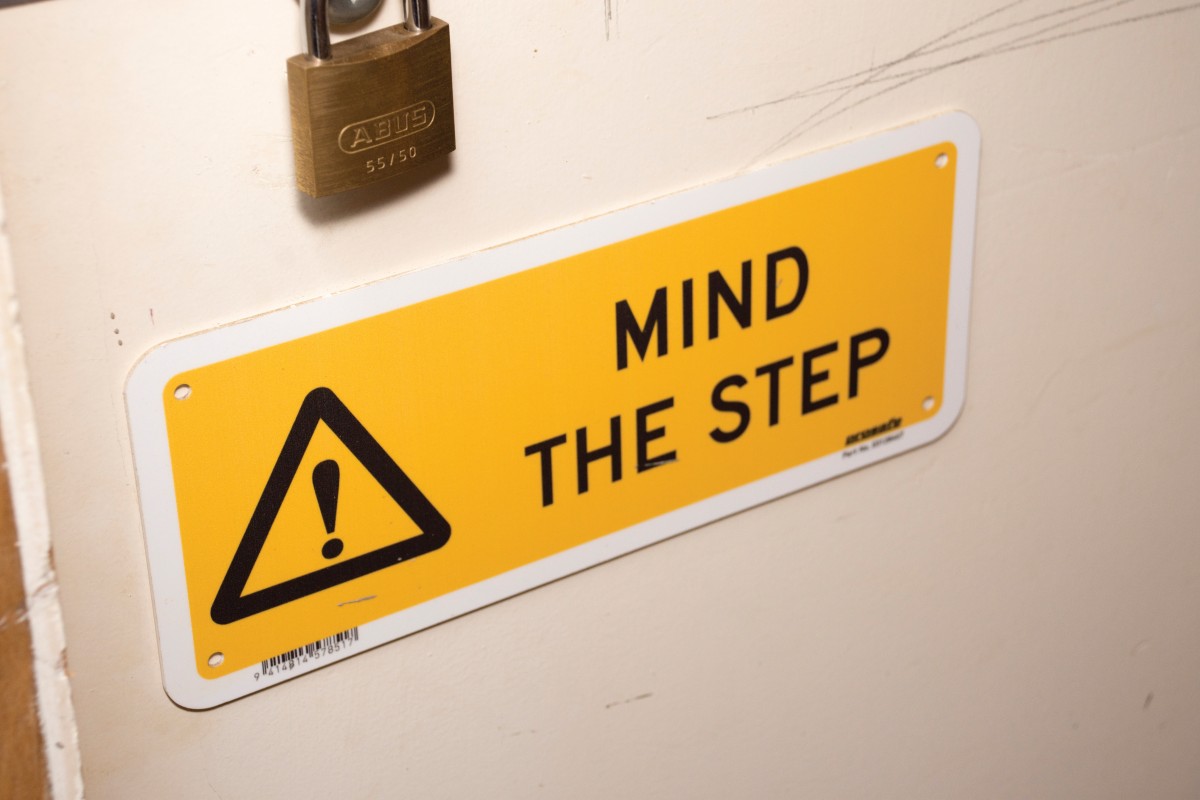Don’t slip up!
23 May 2018, Prove Your Know How, Safety

Each year, thousands of workers are hurt in accidents caused by slips, trips and falls. With wet, wintery weather never far away, now’s a great time to start thinking about how you can prevent these common on-site injuries
Many slips, trips and falls are preventable, and there are often low-cost solutions you can put in place to eliminate or control the risk.
Injuries caused by these accidents, such as to the ankle, knee or back, can leave workers with long-term problems that can significantly affect their quality of life. It’s important to remember that even falls from relatively low heights can cause serious injury or death.
The following are all hazards that can lead to an increased risk of injury from slips, trips and falls:
- Poor housekeeping/messy sites.
- Ground clutter.
- Unstable surfaces.
- Uneven or slippery floor surfaces.
- Lack of signage.
- Poor lighting.
- Unmarked changes in floor levels.
- Damaged flooring.
- Lack of, or people not using, hand rails.
To reduce the risk, you should:
- Keep work and access areas clear.
- Take time to tidy as you work.
- Pay attention to your surroundings.
- Put tools away.
- Wear suitable footwear with good grip.
- Keep areas well-lit.
- Keep deliveries and skips always from work areas and access points.
- Isolate, barricade or cover penetrations, excavations, open cavities, manholes and access hatches – ensure they are clearly marked and identified.
- Have designated areas for waste collection and provide skips and bins. Make sure everyone knows who is responsible for waste removal.
- Use mechanical lifting aids rather than carrying heavy or unwieldy loads that block the view ahead.
- Use cordless tools where possible. If you need to use cables for temporary lighting or power tools, run the cables at a high level.
- Improve the design of the environment/site – eg, install handrails.
- Communicate with workers and visitors about hazards.
- Allow extra time when conditions are slippery.
- Check your path is clear before carrying loads, and make sure you can see over and around your load.
- Treat slippery surfaces with stone or grit, depending on the conditions.
- Make sure you signpost any slippery areas.
- Consider using a ramp for any changes in level. Where this is not possible, use signs to warn workers to look out for a level change.
- Do a step back 5×5 – take five steps back, if it’s safe to do so, and spend five minutes planning the job.
Ask yourself:
- What will I be doing?
- What are the hazards?
- What equipment and plant do I need?
- How can I get hurt?
- What if something unexpected happens?
When managing hazards on site, always choose the most effective controls that are proportionate to the risk and make sure they are appropriate to the situation. To download SiteSafe’s seven-point hazard analysis poster, click here.
Site Safe is a not-for-profit, membership-based organisation that promotes, inspires and supports a culture of health and safety in New Zealand construction.
Register to earn LBP Points Sign in
2 Comments
Leave a Reply
You must be logged in to post a comment.




Not reading the “NOT’s”
done